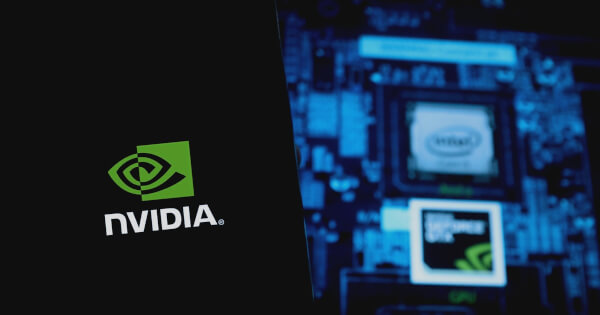NVIDIA Enhances PyTorch with NeMo Automodel for Efficient MoE Training
Caroline Bishop Nov 07, 2025 02:01
NVIDIA introduces NeMo Automodel to facilitate large-scale mixture-of-experts (MoE) model training in PyTorch, offering enhanced efficiency, accessibility, and scalability for developers.

NVIDIA has unveiled NeMo Automodel, a groundbreaking development aimed at streamlining the training of large-scale mixture-of-experts (MoE) models in PyTorch. This innovative solution is designed to democratize advanced model training, making it more accessible to developers across various sectors, according to NVIDIA's announcement.
Empowering Developers with NeMo Automodel
The NeMo Automodel, part of the open-source NVIDIA NeMo framework, allows developers to train extensive MoE models using familiar PyTorch tools. The solution integrates NVIDIA's performance optimizations with PyTorch's distributed capabilities, making it possible to efficiently scale models across numerous GPUs without the need for complex infrastructure management.
This development is particularly significant as it addresses the longstanding challenges associated with MoE training, such as expert parallelism, token routing overhead, and memory management. By overcoming these barriers, NeMo Automodel enables models to achieve over 200 TFLOPs per GPU on H100 systems, a remarkable improvement in performance.
Optimized Architecture and Performance
NeMo Automodel leverages PyTorch's distributed parallelisms and NVIDIA's acceleration technologies to enhance MoE training. It incorporates components such as the NVIDIA Transformer Engine, which supports various attention mechanisms, and Megatron-Core's advanced token routing and computation strategies. These features collectively enhance throughput and hardware utilization, allowing models like DeepSeek V3 to reach 250 TFLOPs/sec/GPU on 256 GPUs.
Benchmarking and Accessibility
The benchmarks demonstrate NeMo Automodel's efficiency across different MoE architectures, maintaining performance from 190 to 280 TFLOPs/sec per GPU. This scalability is crucial for researchers and enterprises aiming to innovate with billion-parameter models without prohibitive costs.
By integrating seamlessly with PyTorch, NeMo Automodel eliminates the reliance on external model-parallel libraries, preserving the flexibility of using familiar tools. This integration reflects NVIDIA's commitment to enhancing the PyTorch ecosystem and supporting the broader AI community.
Future Prospects and Community Engagement
NVIDIA plans to expand the capabilities of NeMo Automodel by introducing support for new MoE architectures and further optimizing kernel-level operations. The company encourages developers to explore and contribute to this open-source project, fostering a collaborative environment for advancing scalable AI training tools.
NeMo Automodel represents a significant step forward in making large-scale MoE training more accessible, efficient, and cost-effective, paving the way for innovation in AI model development.
Image source: Shutterstock.jpg)